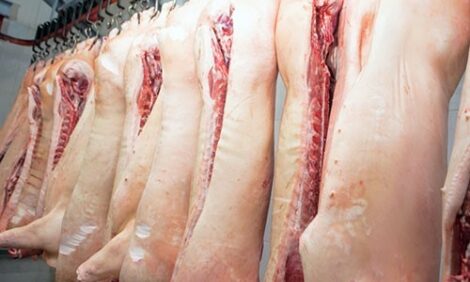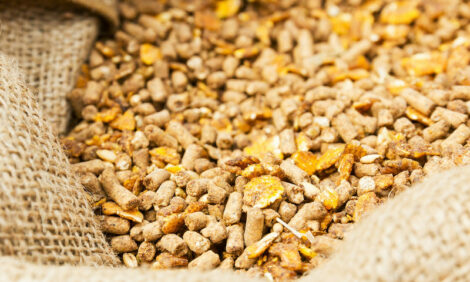



Gilts to be Included with Sows in Farming Regulation
UK - Following a ruling (C-585/10) by the European Court of Justice on 15 December 2011, it has been confirmed that the expression 'places for sows' must be interpreted as meaning that it includes places for gilts (female pigs which have already been serviced, but have not yet farrowed).This represents a change to the Position Statement on the 'Inclusion of gilts in intensive farming regulation' issued in June 2011, which stated that all gilts would be counted as production pigs.
For the purposes of calculating pig places and determining whether a farm is operating over the IPPC Directive/Environmental Permitting Regulation threshold, the definition of sow will now include:
- a female pig that has had her first litter
- a female pig that has been serviced but not yet had a litter
All other pigs weighing over 30kg will be counted as production pigs.
The Environment Agency will communicate this position to existing permit holders who will need to inform about any subsequent increases in permitted pig places.
This clarification of the term sow may mean that some operators currently operating without a permit are in fact over the threshold. In these circumstances, operators must apply for a permit without delay.
The Agency will encourage farmers who now require a permit to apply without delay via communications with the National Pig Association (NPA) and BPEX.
What this means in terms of increased ammonia emissions will be calculated:
- If it represents less than 10 per cent increase in ammonia, the Agency will carry out a non-chargeable permit variation to change the number of sows and/or production pigs in the permit to the new value.
- If it represents more than 10 per cent increase in ammonia, then the Agency will inform the operator that there will be a variation charge of £370. The Agency will also revisit the original modelling to confirm any allowable increase in ammonia emissions before impacts on a nature conservation site are likely, otherwise known as the 'available headroom'.
- If the increase is less than the available headroom, the Agency will carry out the permit variation to change the number of sows and/or production pigs in the permit to the new value.
- If the increase is greater than the available headroom, the Agency will consider the need for an ammonia improvement programme and change the number of sows and/or production pigs in the permit to the new value.
Local wildlife sites in any re-assessment of the original modelling will not be included.
At this stage, the Agency is unable to confirm whether operators will be required to carry out any further ammonia emissions modelling as a result of an increase in pig places. However, a reasonable and proportionate approach will be taken to this issue. Operators will be informed before any costs are incurred to give them the opportunity to take alternative action such as reducing the number of gilts held.
The Environment Agency will ensure that the Pig and Poultry Assurance Scheme inspectors are informed about the increase in permitted pig places. Operators will need to ensure that the increase in permitted numbers is reflected in their Pollution Inventory returns.








